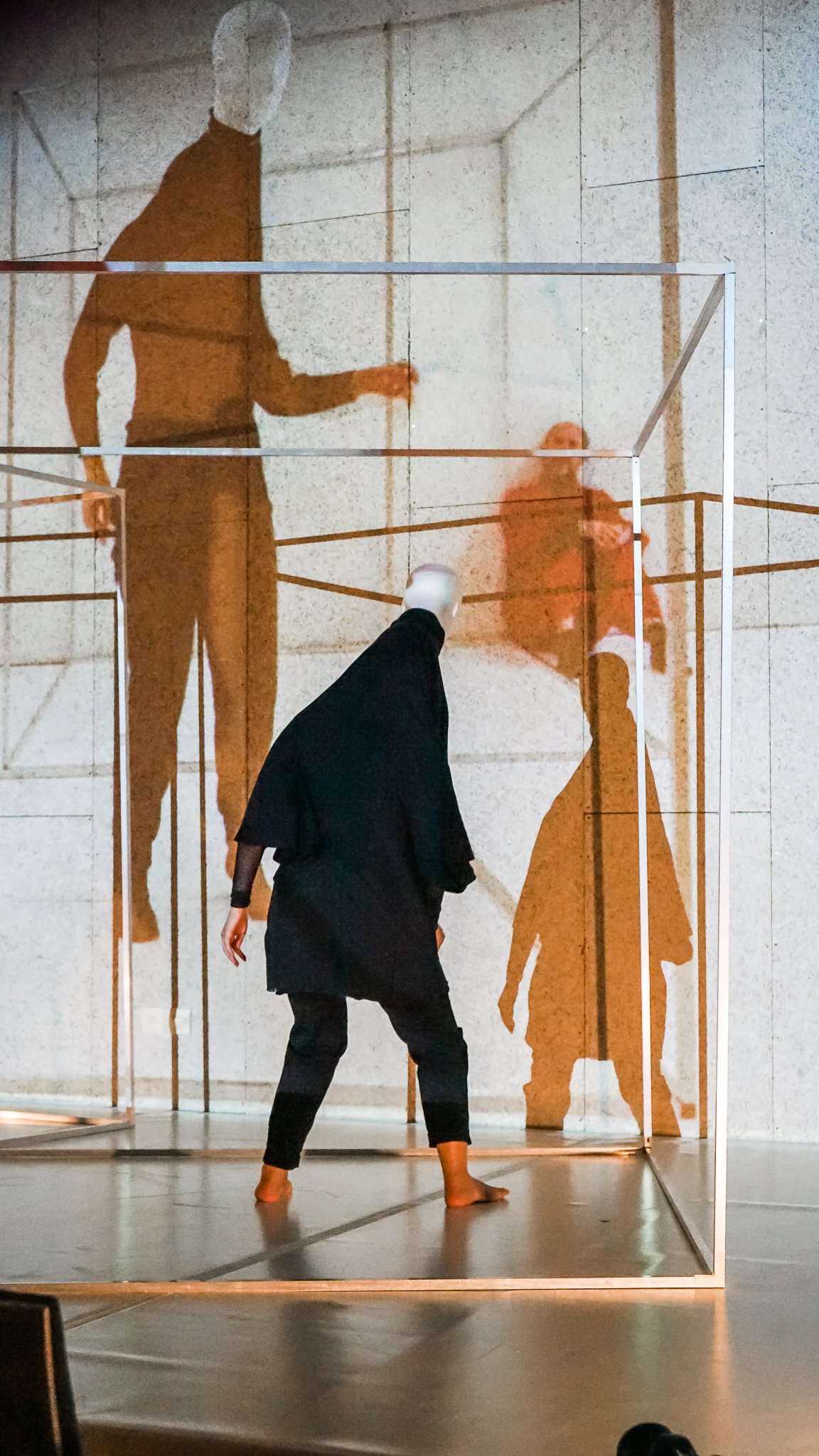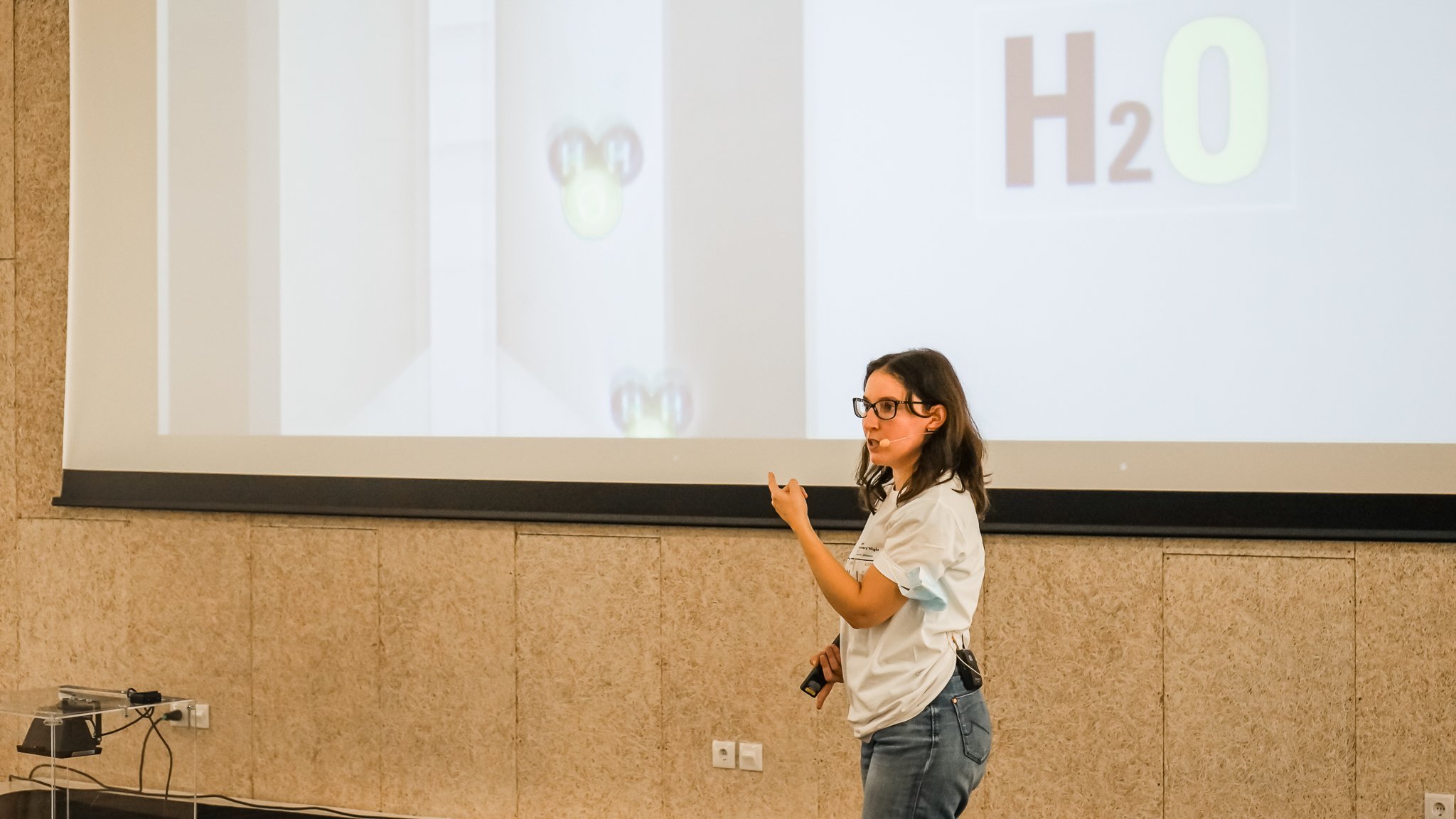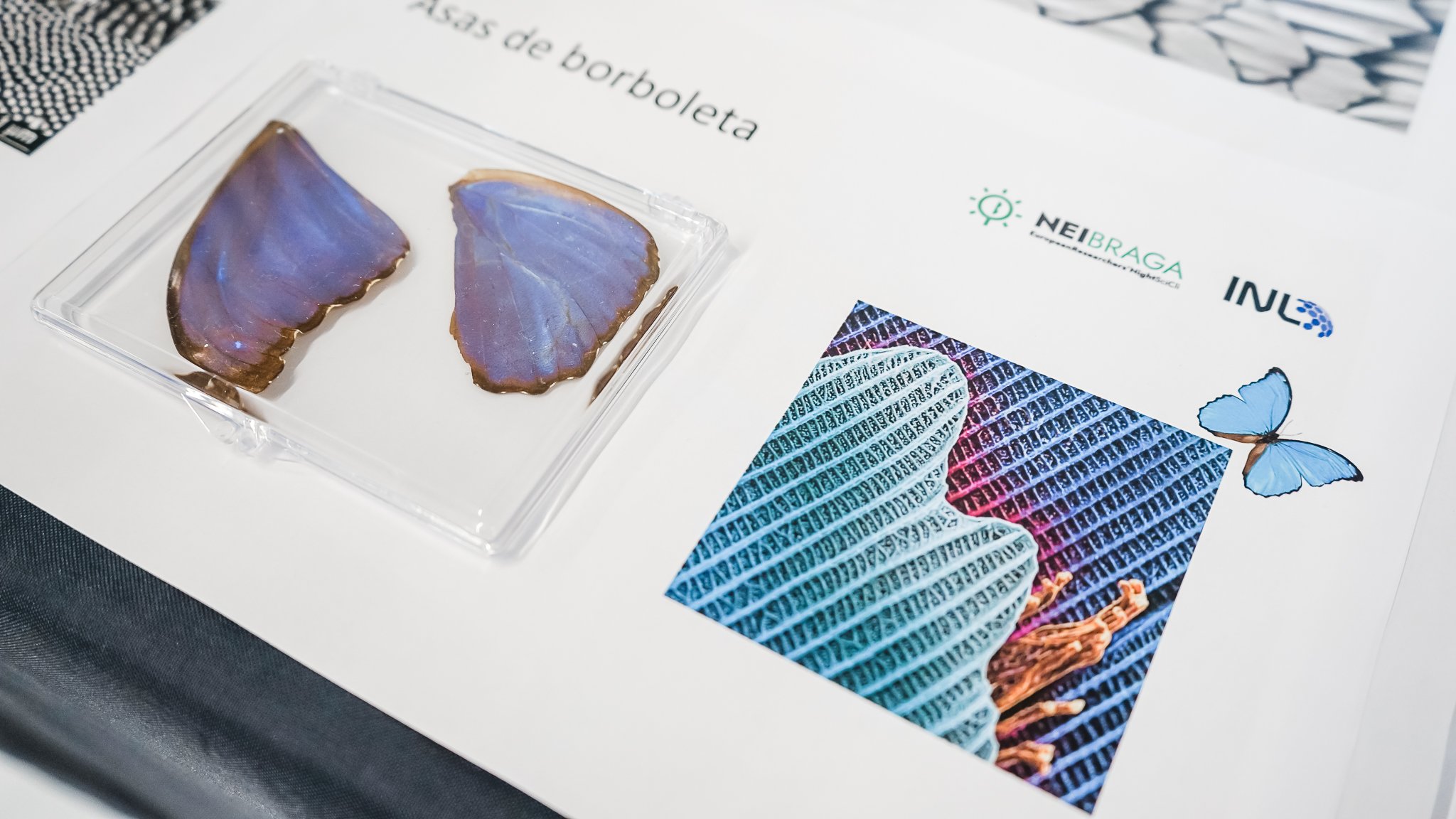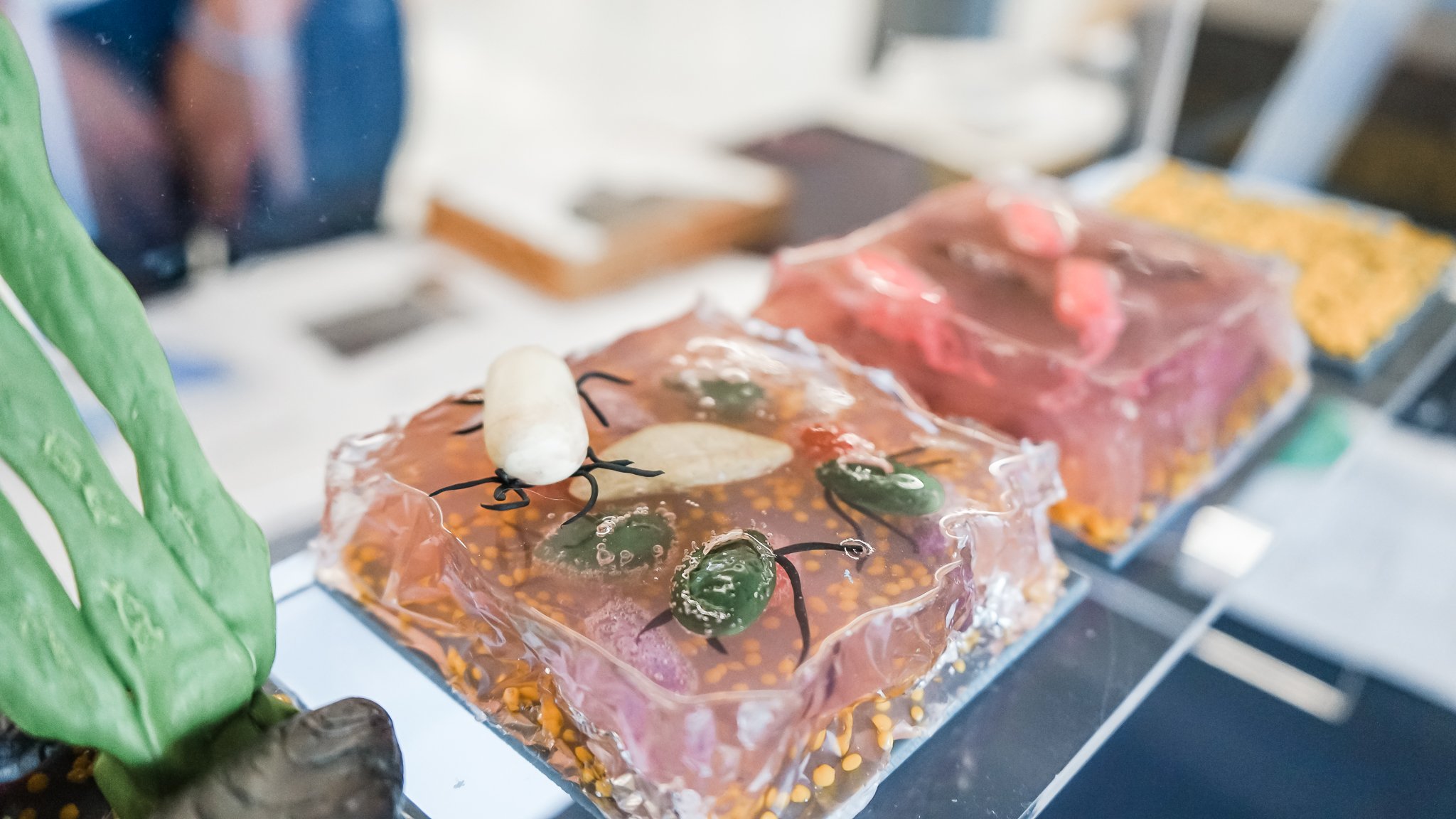BRINGING THE RESEARCHERS CLOSER TO THE PUBLIC
European Researchers’ Night 2022
The European Researchers’ Night (ERN) is an initiative promoted by the European Commission since 2005, to celebrate science and bring it closer to citizens.
Framed in the Marie Skłodowska-Curie Actions, the European Researchers’ Night takes place simultaneously in more than 30 countries and 300 cities throughout Europe.
We look forward to meeting you!
30.09.2022
#ERN2022 #NEI2022
Highlighting the impact of research on our daily lives
European Researchers’ Nights are public events dedicated to bringing researchers closer to the public by showcasing the diversity of research. The aim is to motivate young people to embark on research careers.
AN EVENT DEDICATED TO
‘Science for Everyone - Sustainability and Inclusion’
ERN 2022 | ‘Science for Everyone – Sustainability and Inclusion’ aims to raise awareness about the role of science in achieving sustainability and inclusion goals among school students and different audiences, while identifying key societal concerns about climate change and sustainable growth and linking them to science-oriented solutions and proposals.
Taking their concerns, expectations, and values to identify measures that may help face global changes makes them more likely to be engaged in understanding the relevance of resource preservation and the need to shift towards more sustainable practices, a clean economy, and inclusive social and economic growth.
European Researchers’ Night will take place on September 30, 2022, at Altice Fórum Braga. Join us!
WHY YOU SHOULD ATTEND?
LEARN
EXPERIMENT
ENGAGE
HAVE FUN
During the European Researchers’ Night, you have the opportunity to learn and experience science in a unique way. Researchers bring life different scientific experiments to the streets. Visitors pass through live laboratories and experience scientific work and learn about hot topics in depth. Everyone with a passion for science – children, adults, and seniors – is welcome.
Meet our researchers and learn how to love science, because science is part of your life and part of you!
Programme
27 SEPTEMBER 2022
13h00
Visit INL's Cleanroom
WHAT IS A CLEANROOM? A cleanroom is a controlled environment where pollutants like dust, airborne microbes, and aerosol particles are filtered out in order to provide the cleanest area possible. Most cleanrooms are used for manufacturing products such as electronics, pharmaceutical products, and medical equipment.
HOW DOES IT WORK? Essentially, cleanrooms work to remove pollutants, particles, and contaminants from outside ambient air. You can learn this and much more... join us live on September 27!
30 SEPTEMBER 2022 | Altice Fórum Braga
EXPLORING SCIENCE, TECHNOLOGY AND ART
#ERN2022 Photo Exhibition
With the #ERN2022 Photo Competition we aim to celebrate science, technology and art in the most creative way. The most eclectic mix of ideas, disciplines and perspectives creates the most far-reaching conversations, in-depth debates, and inspiring developments.
Whether you’re a student, teacher, artist, scientist, engineer, designer, or educator – join the challenge and share your creativity!
LEARNING ABOUT BIOSENSORS
What are biosensors?
An electrochemical sensor is a device capable of providing quantitative information about a sample. At the INL, there are scientists working on the design and manufacture of electrochemical biosensors to detect specific markers of inflammatory and neurological diseases.
We are going to show you how some electrochemical sensors already known to all of us work – for example, blood glucose tests or pregnancy tests – and give you a more detailed understanding of the biosensors developed at the INL.
Exploring the world of microchips
Is it possible to use microchips to diagnose cancer?
In this interactive demo, we'll talk about how you can design and manufacture microchips for medical applications. In particular, cancer cells have different properties than healthy cells. With scientific knowledge about the different characteristics of each type of cell, it is possible to design personalized microchips. Come find out more about microchips and how they can be used to diagnose cancer.
fighting water pollution. saving the world.
Let’s clean up the oceans!
The rampant production and consumption of plastic, as well as the pollution it causes, has become a global problem and one of the greatest environmental challenges for humanity. The numbers are alarming. The world population closes to 300 million tons of plastic a year, polluting the soil, water, and air.
In this experience we will help children explore the importance of ocean pollution through a cleaning sensory science activity! Because we can all help fight pollution!
a substance that easily changes its shape… capable of flowing.
Fluids at different scales: magic or science?
On a human scale, the flow of water is dominated by inertia. If you stop stirring your coffee, it continues to swirl around the mug before coming to a complete stop. If two rivers come together, the water from the two will mix and form a new river. This type of flow is called turbulent, and it is chaotic and unpredictable.
At the micro and nanoscale, fluid viscosity predominates over inertia, and the flow becomes laminar. This means that the fluids flow in parallel layers, without mixing. Unlike turbulent flow, laminar flow is linear, predictable, and also reversible, allowing us to precisely control it. Come find out more about laminar flow and learn about the different applications in the areas of health, food and the environment!
creating unique experiences, stimulating creativity, enabling dialogue
MISSION NERD - Spreading scientific knowledge to the community
Mission NERD aims to foster nanotechnology education and research demonstrations globally and work on the core values of our society. The Mission acronym name, NERD, recalls the magic of being different in our society. Each person has something unique, good and meaningful to share! Our mission intends to use science as the link to dilute cultural frontiers and stereotypes towards difference, contributing to a more inclusive society.
7 OCTOBER | INL - Braga
The first “Science Communication Meeting Antena Minho – INL”, which was born as a result of the radio program, will be organized on the 7th of October between 9:00 am and 12:30 pm.
This is an initiative in partnership with the “Master in Science Communication at the University of Minho” and with the “European Researchers' Night”.




















